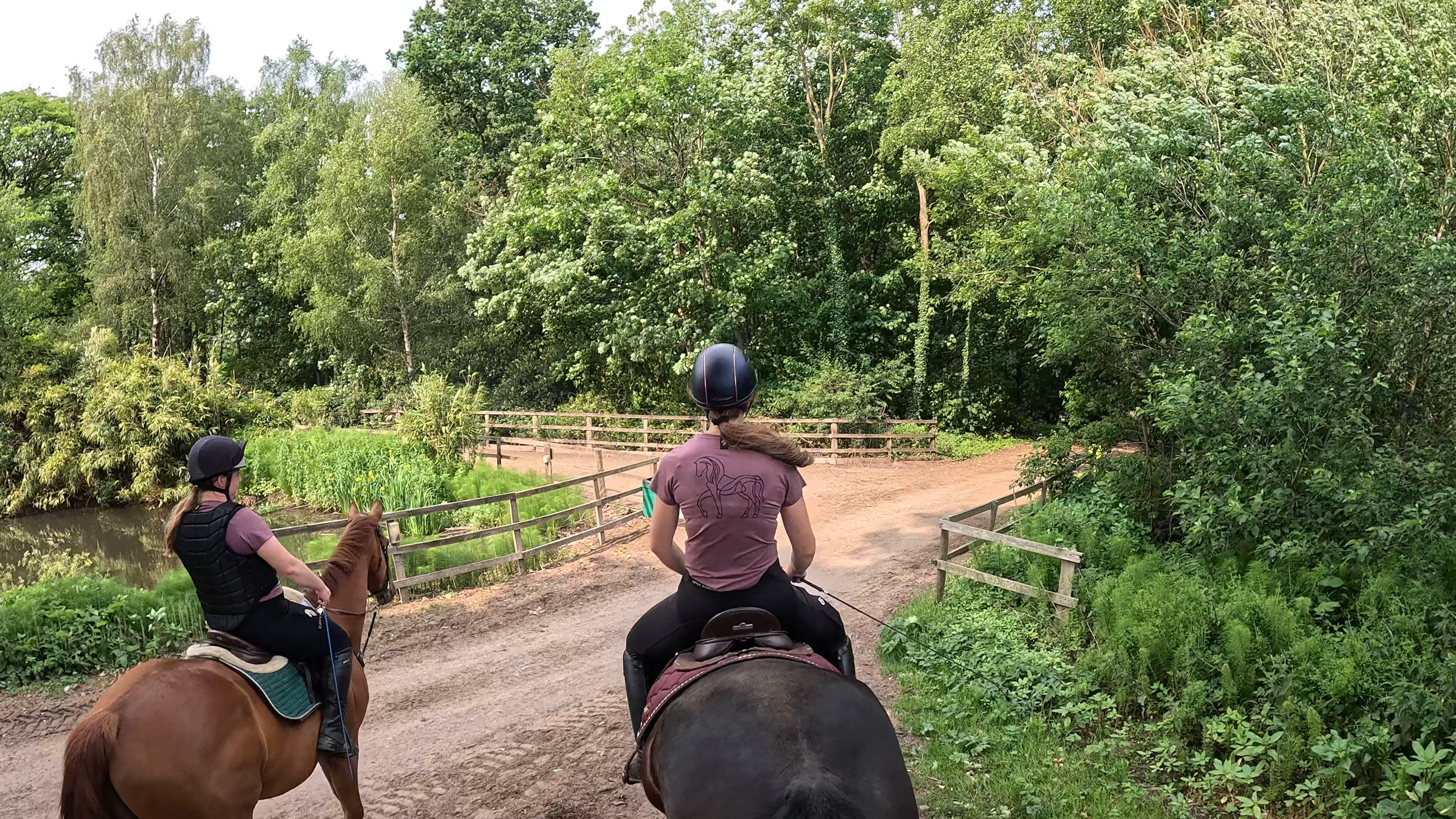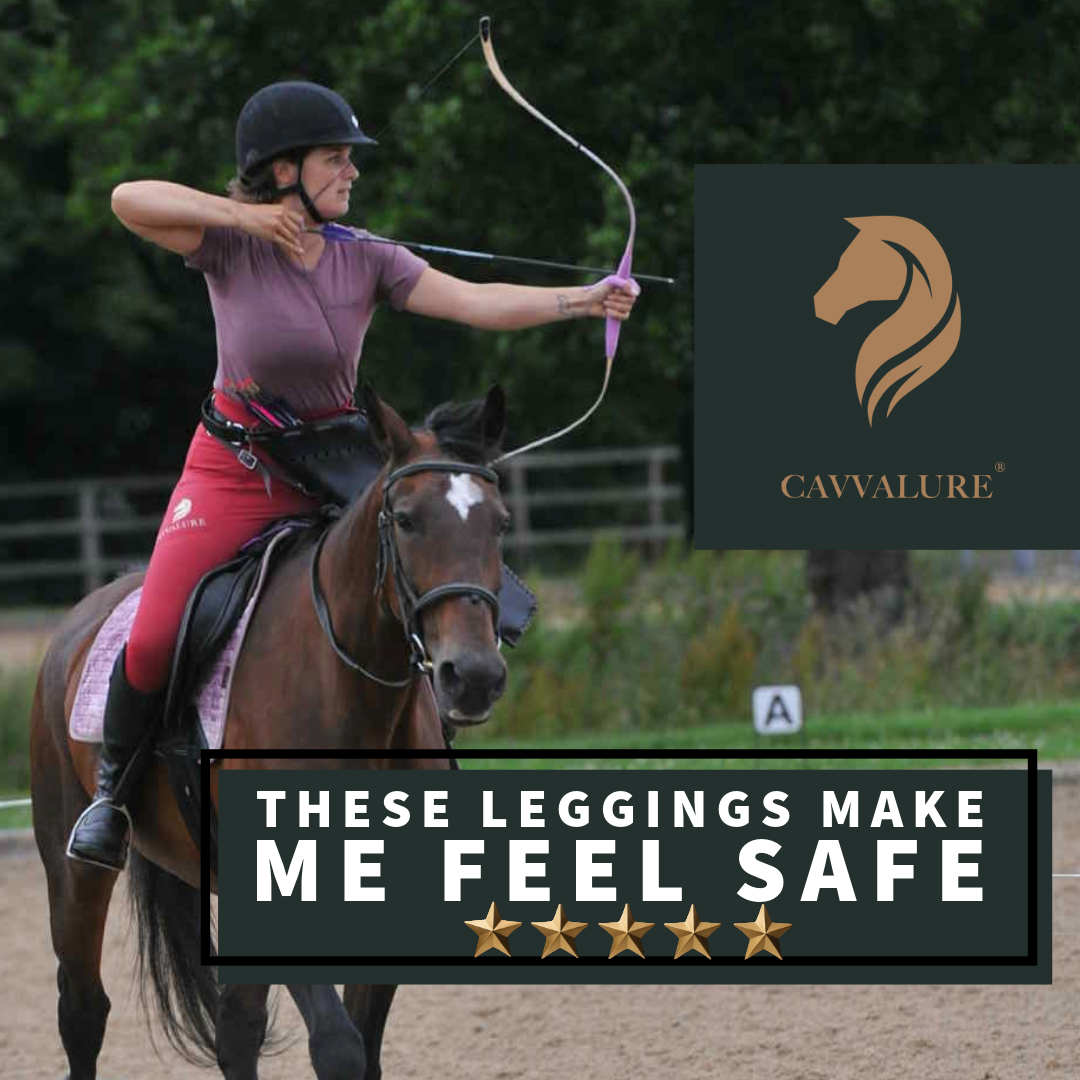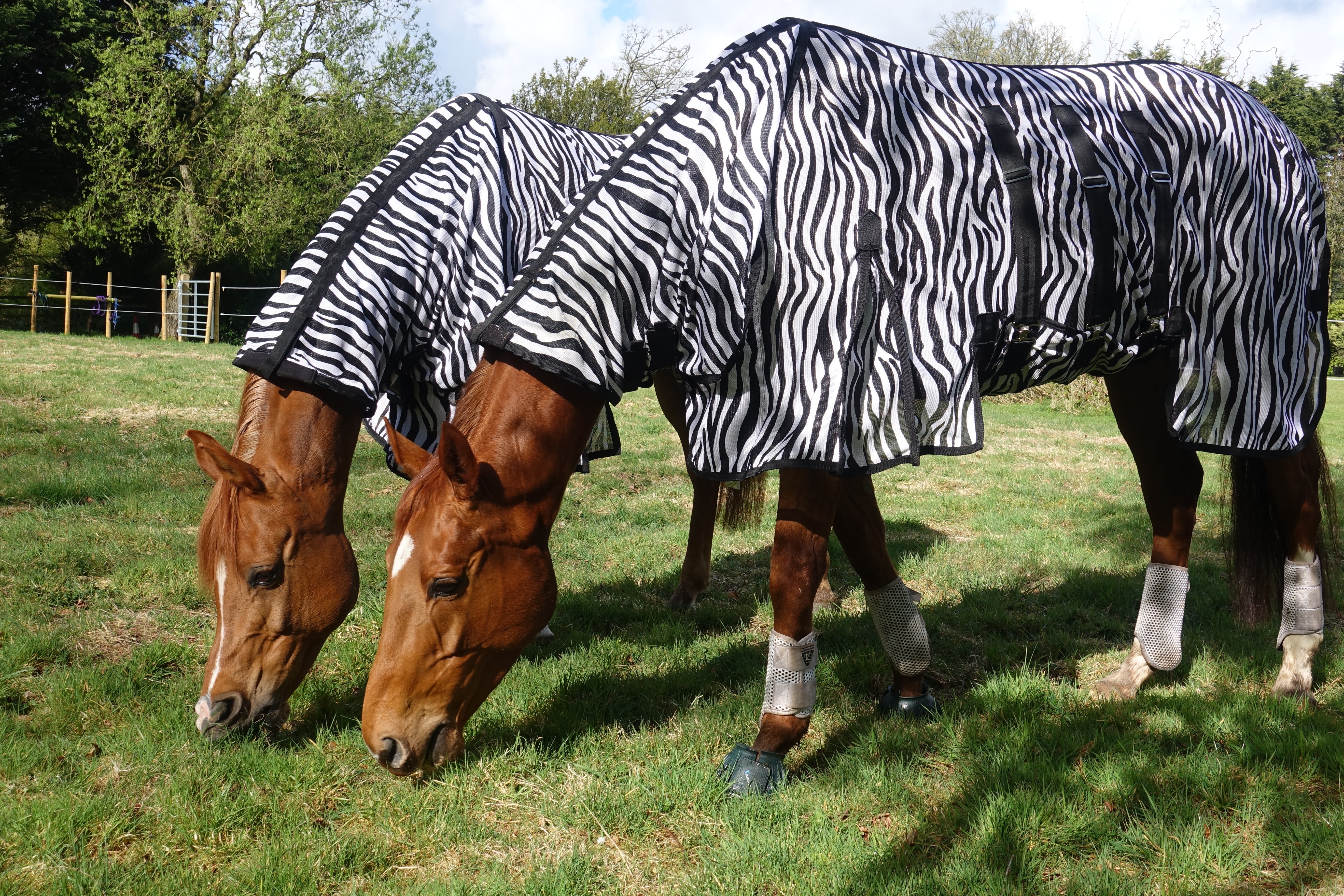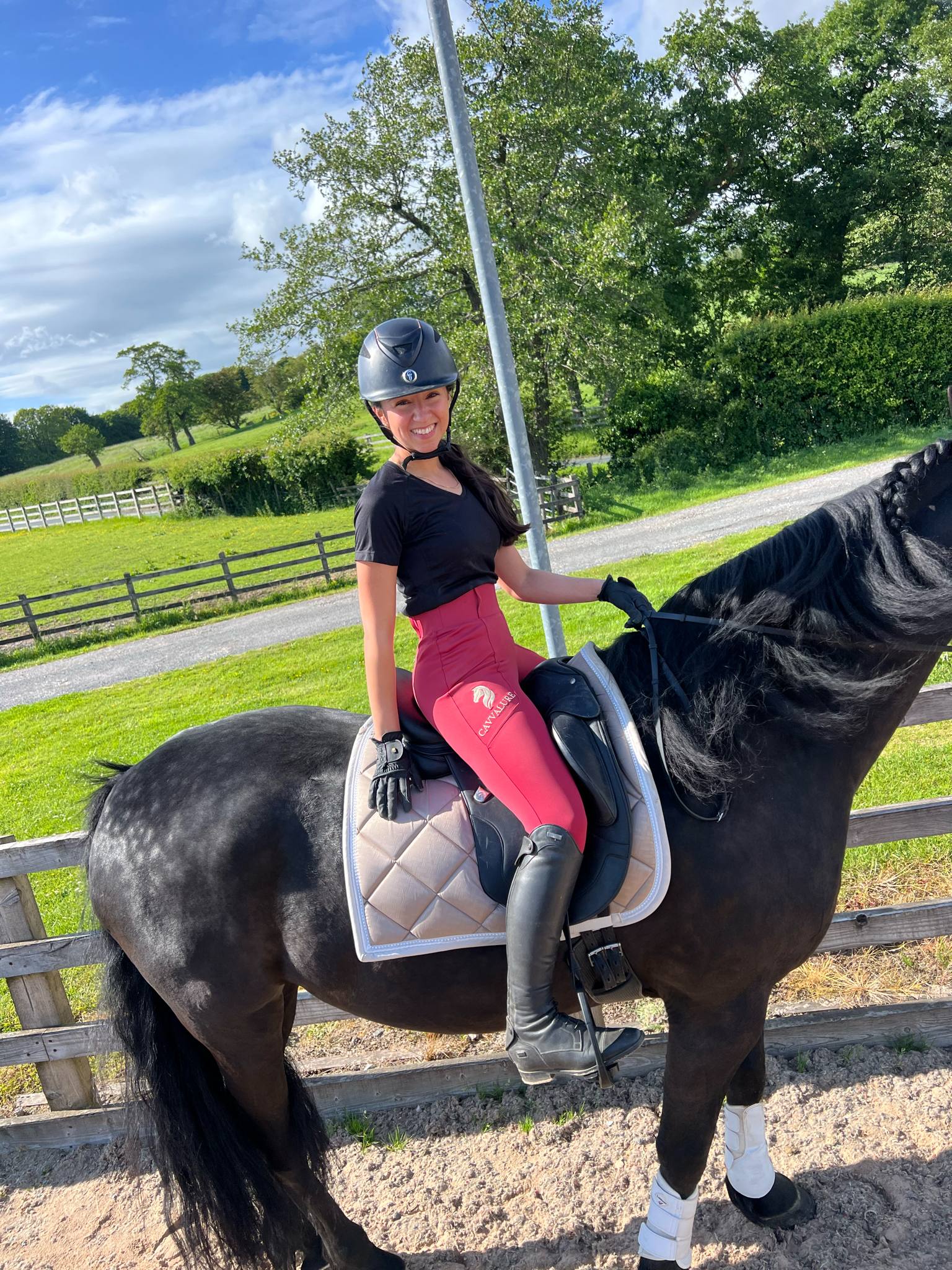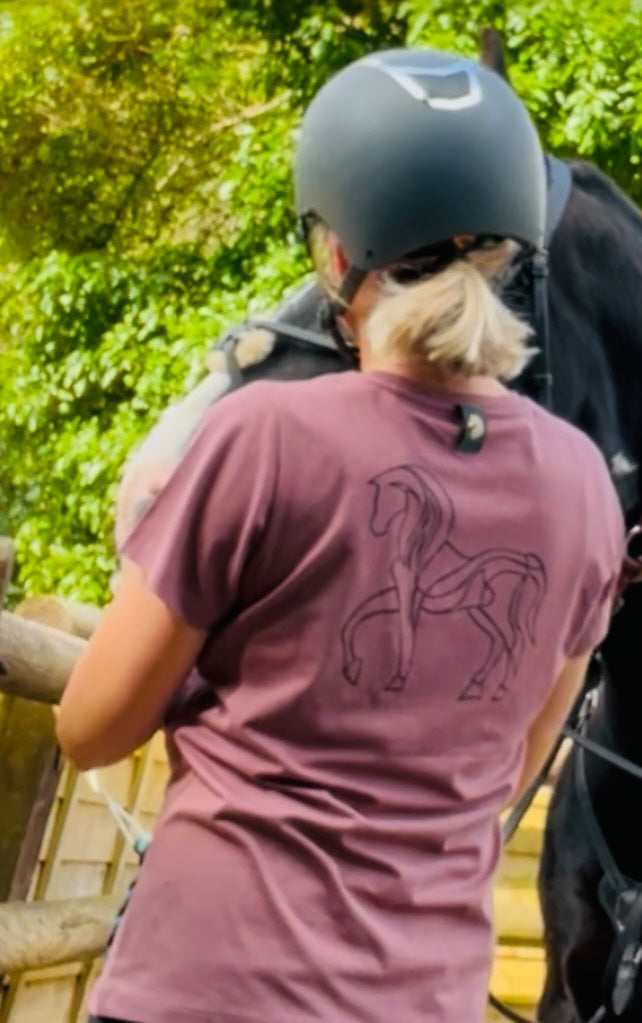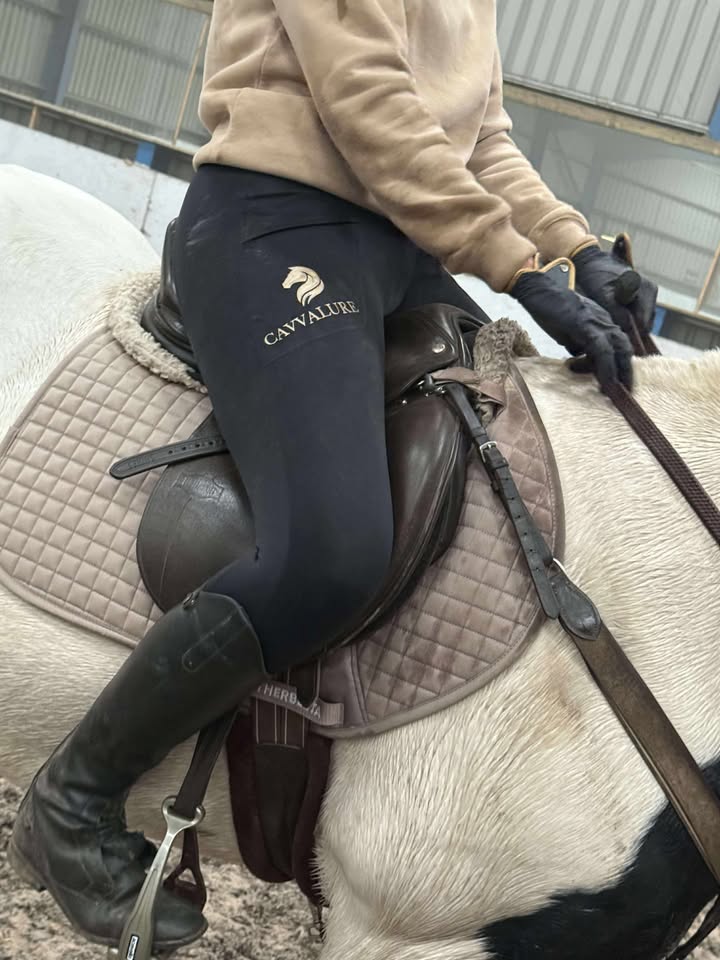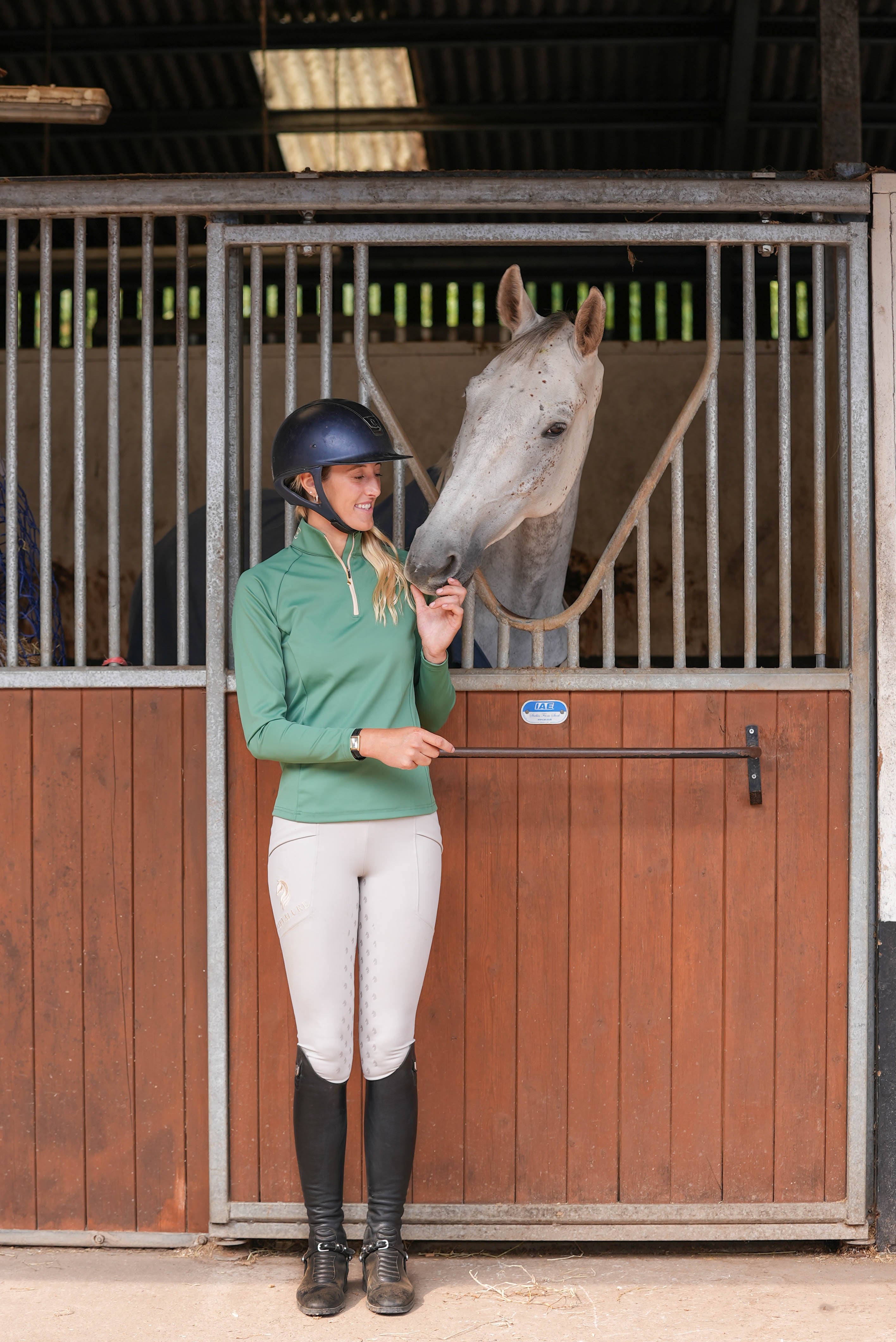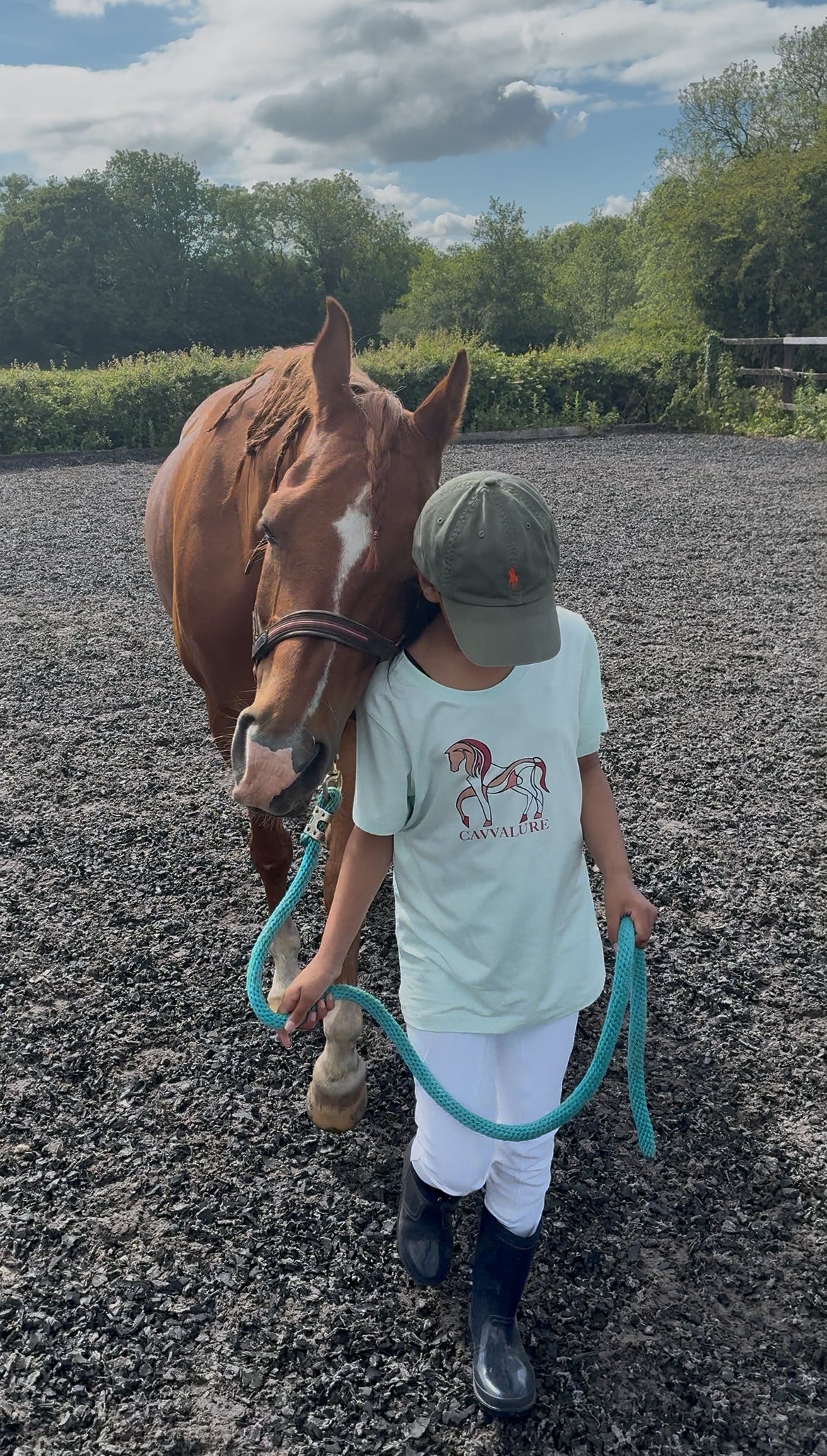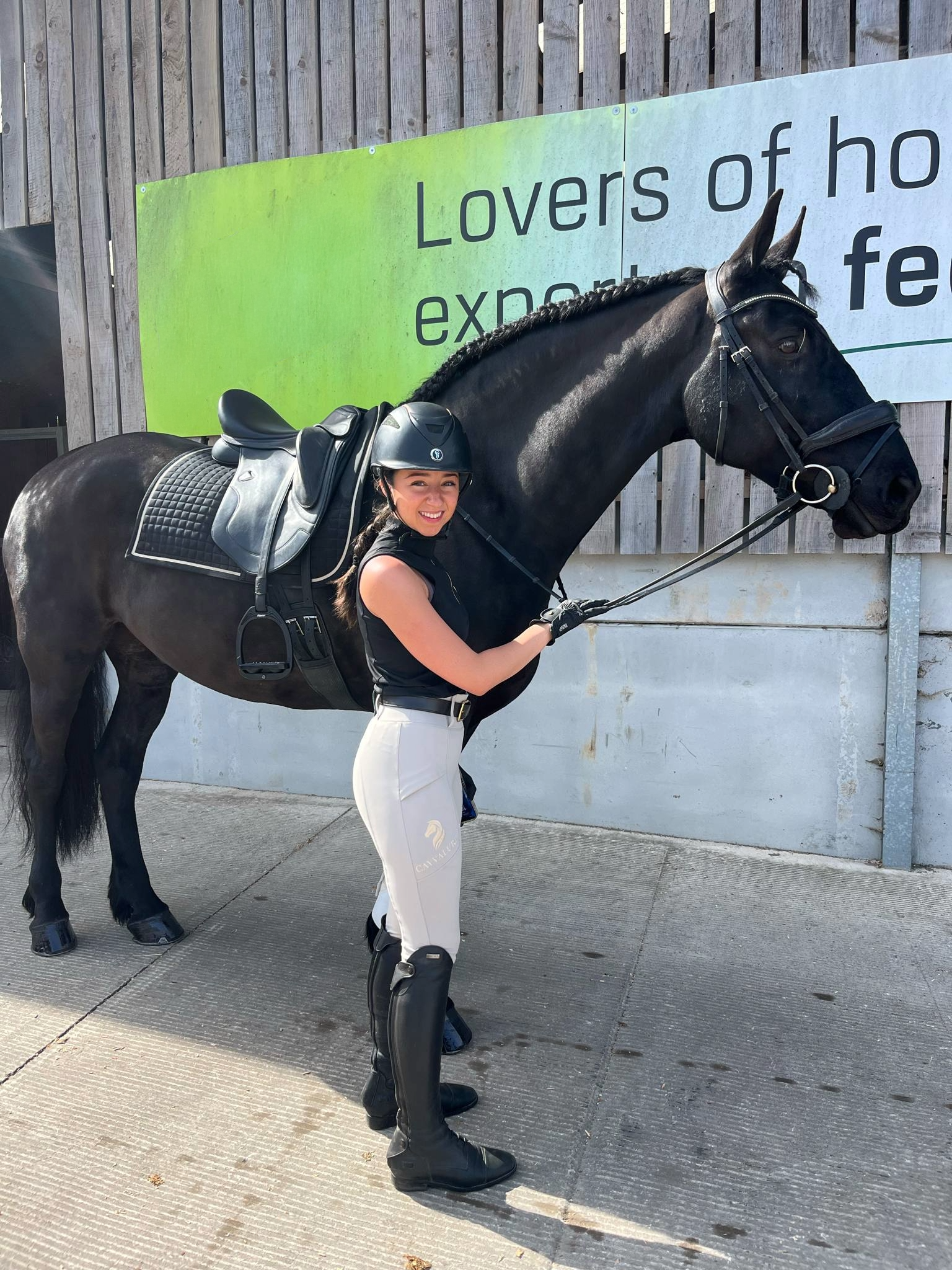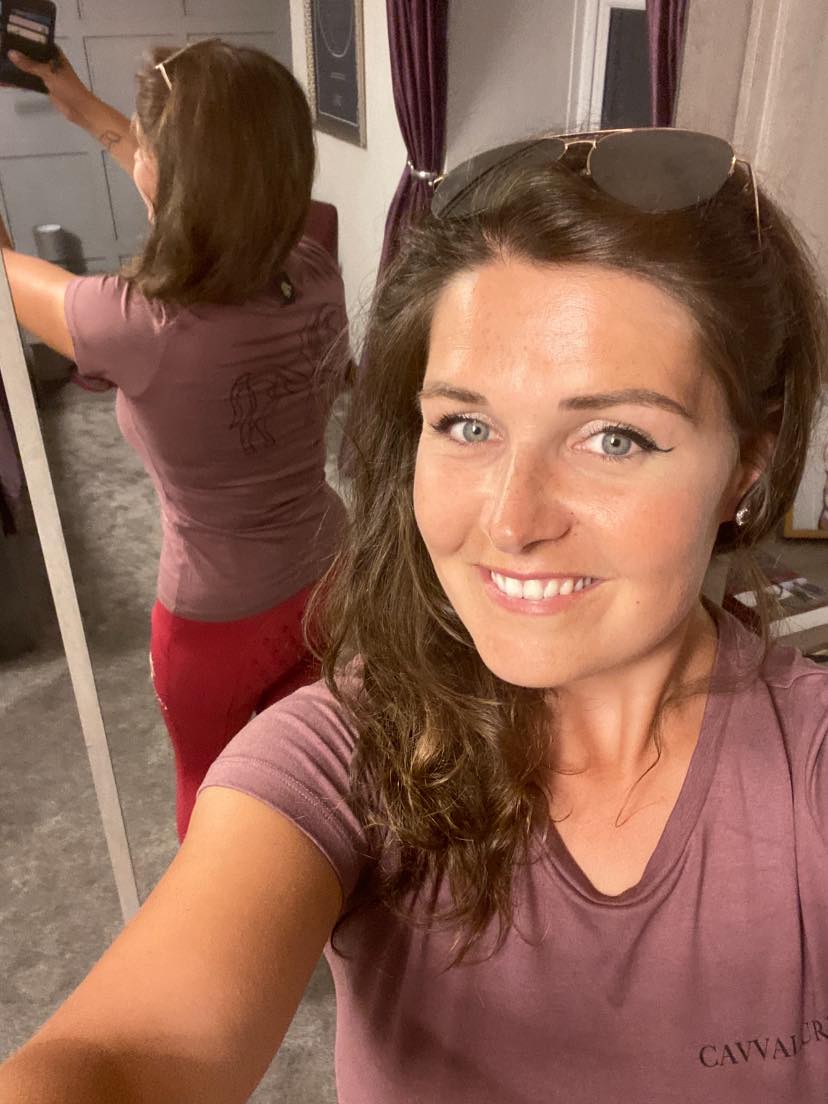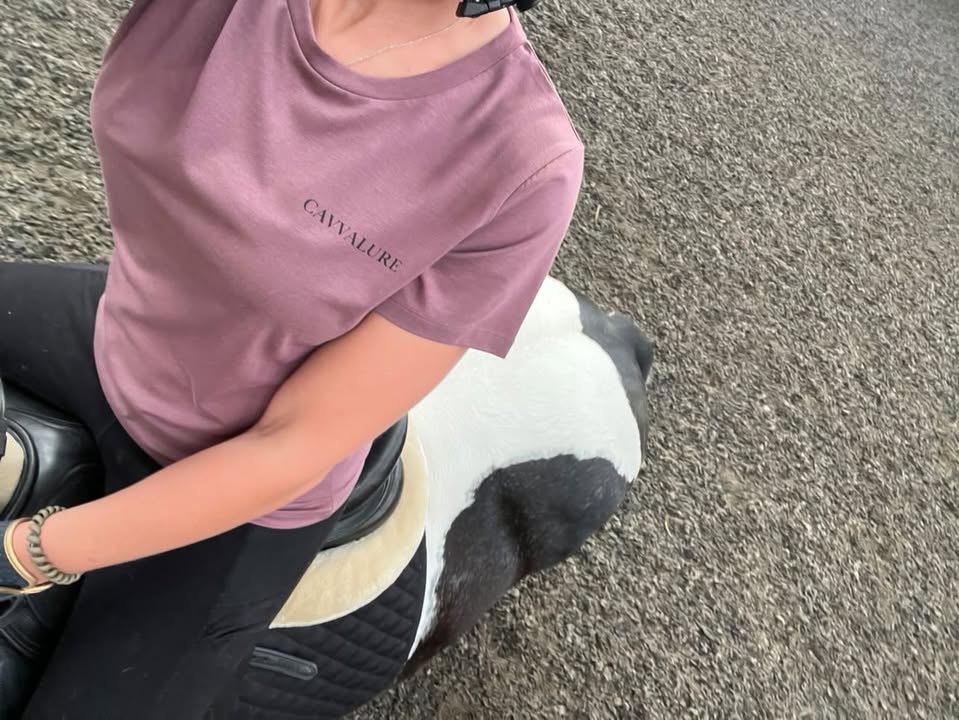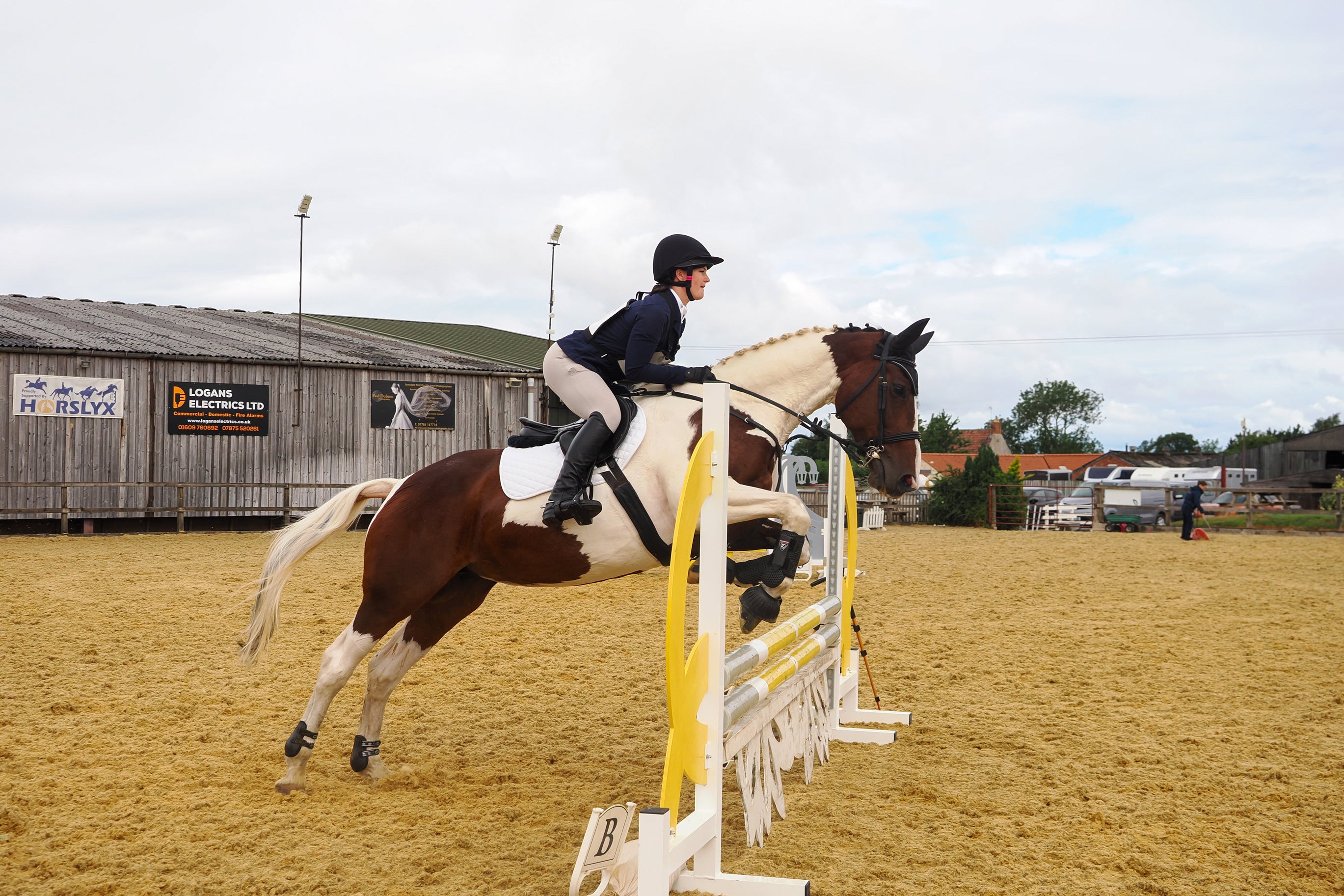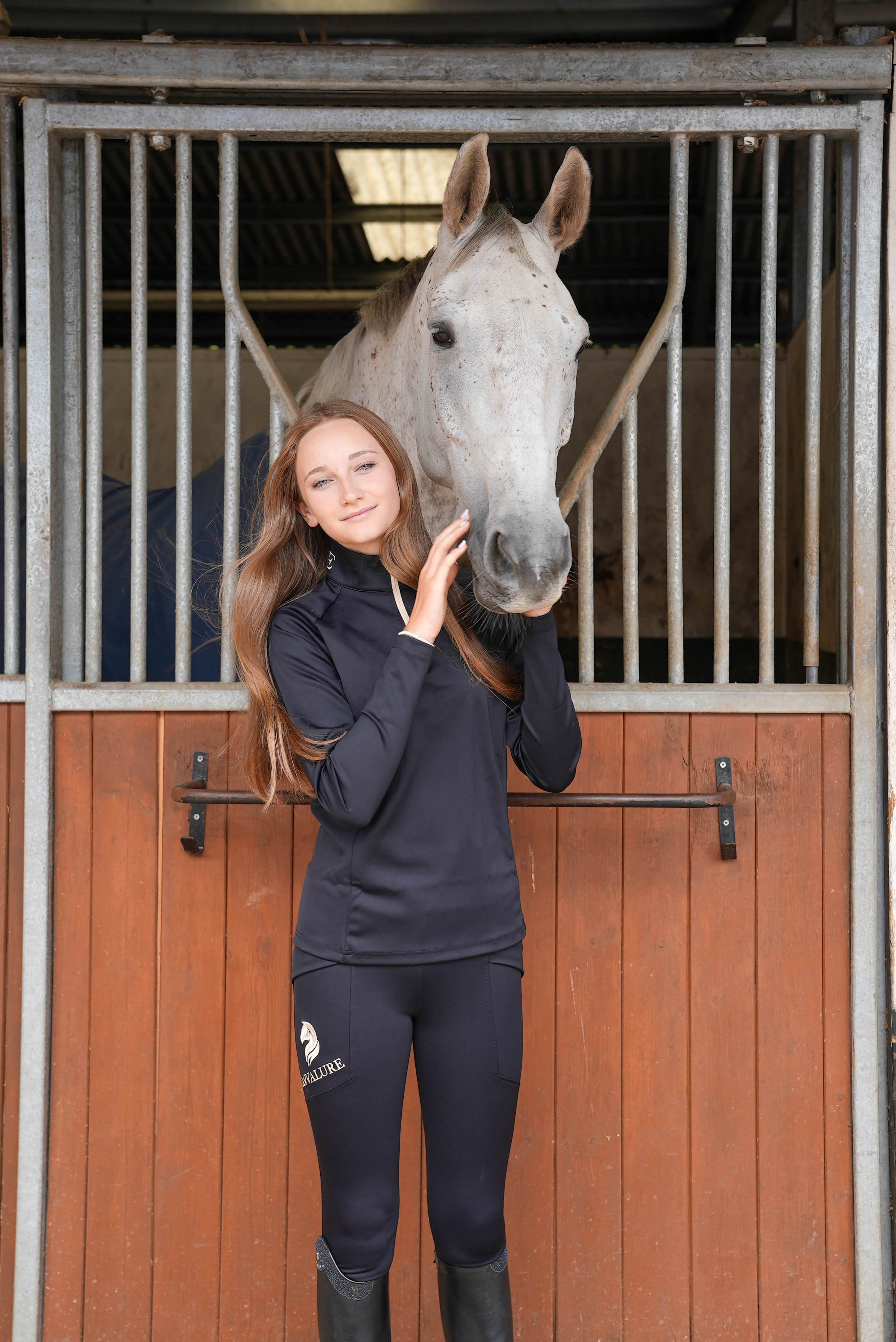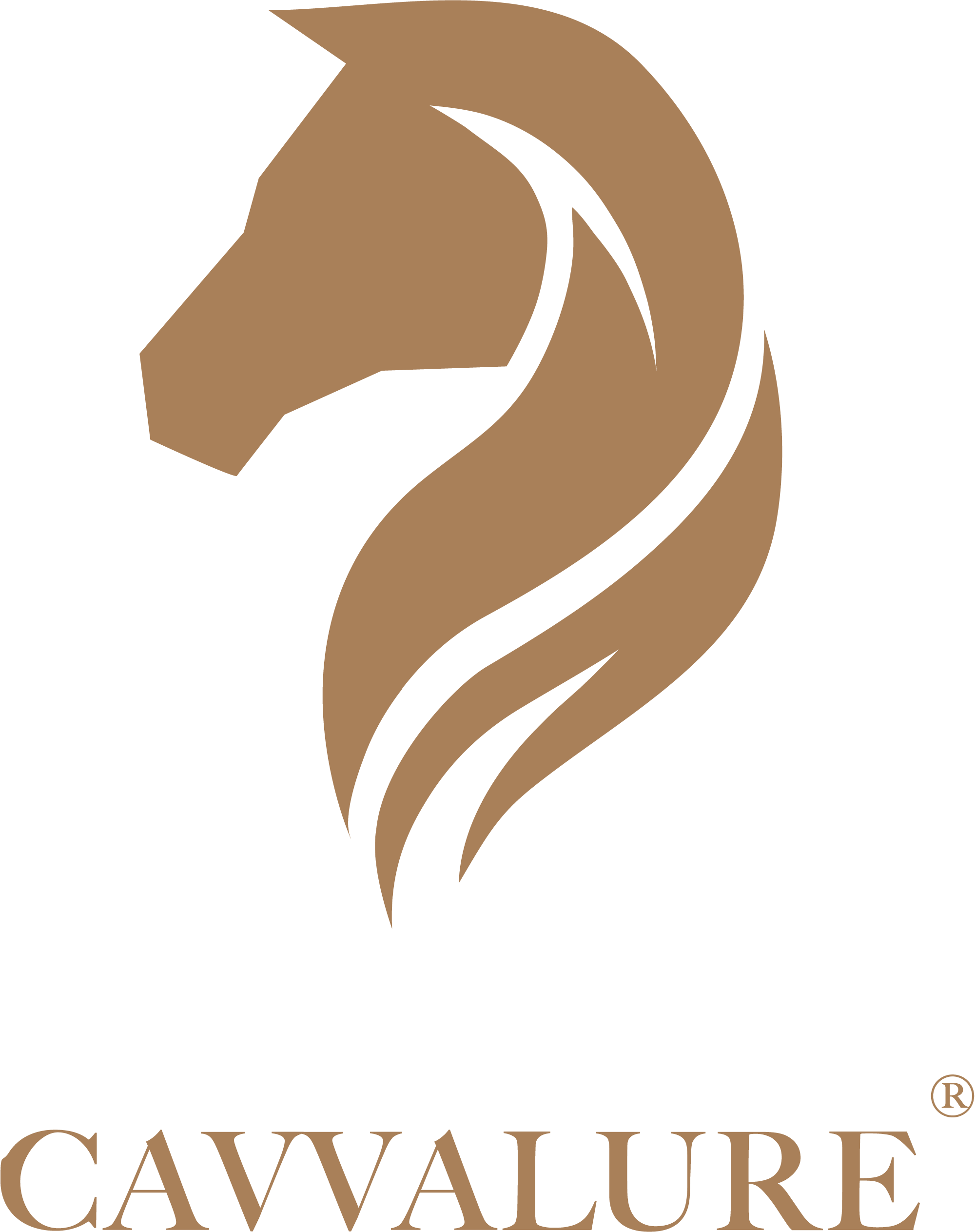Welcome to The Cavvalure Journal. Our explorations often lead us to the triumphant and the beautiful, but the equestrian spirit is also forged in moments of profound sorrow and sacrifice. Today, we turn to one of the most emotionally resonant images in the history of equestrian art, a piece that strips away all glory to reveal the heartbreaking core of the bond between horse and human: Fortunino Matania’s 1916 illustration, “Goodbye, Old Man.”

Created during the darkest days of the First World War, this is not a grand battle scene. There is no thundering charge, no heroic posturing. There is only the hallowed quiet of a desolate battlefield and a moment of devastating, private intimacy. A British soldier kneels in the mud, his body bowed over his fallen horse. The animal is mortally wounded, its life ebbing away amidst the debris of conflict. The soldier cradles the great head, his own face pressed into the soft muzzle in a final, desperate embrace.
The raw emotion of the scene is almost overwhelming. Matania, with the high craftsmanship of a master illustrator, captures the absolute devastation of loss. The soldier’s posture is one of complete surrender to grief. We cannot see his face, yet we feel his sorrow in the curve of his back and the tender, protective way he holds his companion. The title itself—“Goodbye, Old Man”—is a stroke of genius, transforming an anonymous soldier and horse into every person who has ever loved an animal. It is a term of deep affection and shared history, spoken now as a final, heartbreaking farewell. This illustration is perhaps the most powerful portrayal of the equestrian bond ever put to paper because it shows the relationship in its ultimate test.
This horse was not a pet; he was a partner in the grim reality of war, a fellow soldier who shared every hardship, every fear, and every moment of quiet reliance. The connection between them was forged in the crucible of conflict, a silent promise of mutual trust in a world of chaos. In this final moment, all that remains is that promise, honoured by the soldier’s refusal to leave his friend’s side.
Here, we witness the profound and painful act of letting go. The soldier's farewell is the ultimate expression of love, for it is also an act of mercy. In the brutal context of the battlefield, this goodbye is a prelude to a final act of compassion—ending the suffering of a creature he so clearly cherishes. It is an image that forces us to confront the immense debt owed to the millions of horses who served and perished in the war, a difficult but essential part of our shared equestrian heritage.
The enduring power of “Goodbye, Old Man” lies in its unflinching honesty. It reminds us that the deepest measure of our passion for these animals is not found in victory or accolades, but in our capacity for compassion. It is a testament to a love so profound that it holds steady even in the face of death. The artwork stands as a solemn monument to every horse that has served humankind and to every human who has had to say goodbye to a loyal, four-legged friend. It is, in its quiet sorrow, one of the most beautiful and truthful statements on the equestrian spirit ever made.
Sources & Further Reading
• The Blue Cross (bluecross.org.uk) – The charity that famously used the image to fundraise for animal welfare.
• Clutton-Brock, Juliet. Horse Power: A History of the Horse and Donkey in Human Societies. Harvard University Press, 1992.
• Holmes, Richard. Tommy: The British Soldier on the Western Front, 1914-1918. Harper Perennial, 2005.
• Robb, G. British Culture and the First World War. Palgrave Macmillan, 2002.


